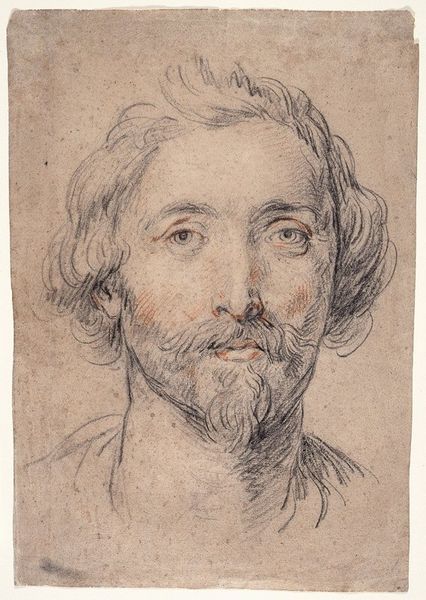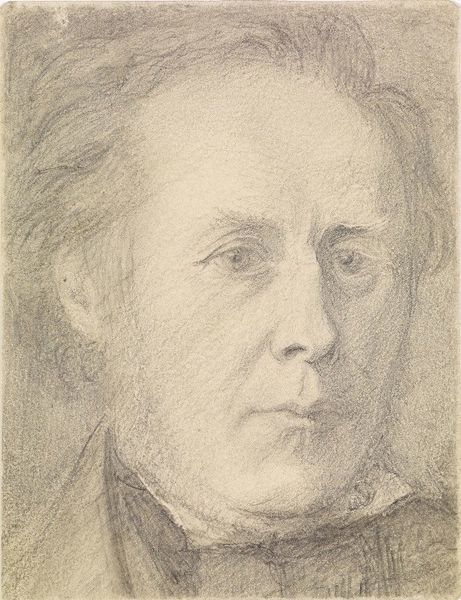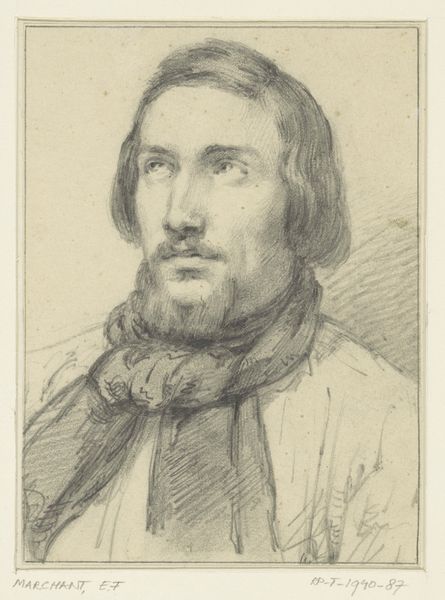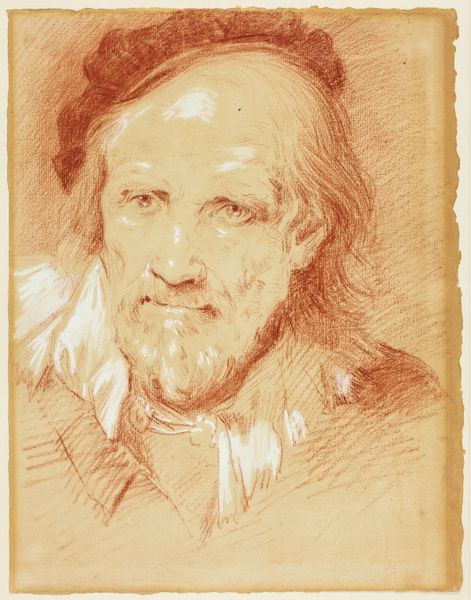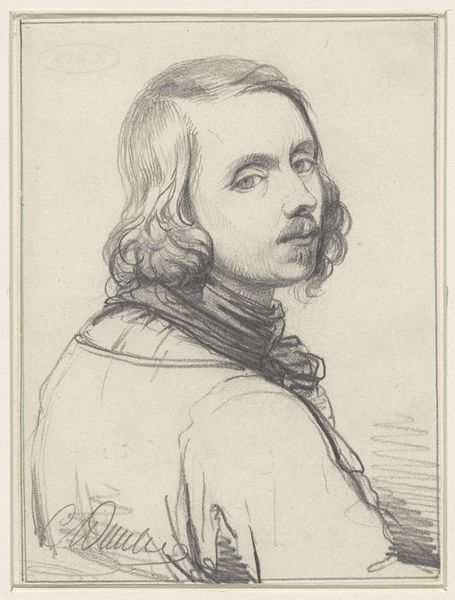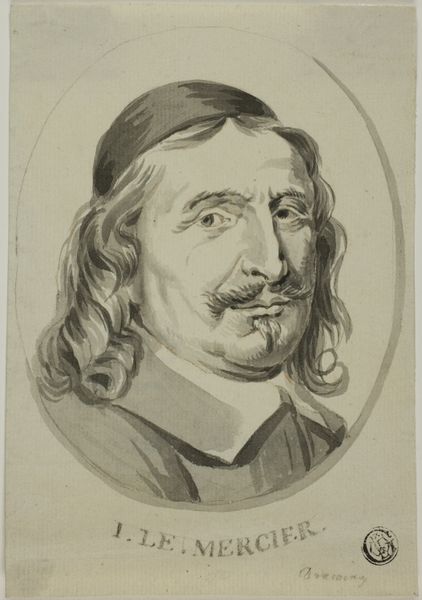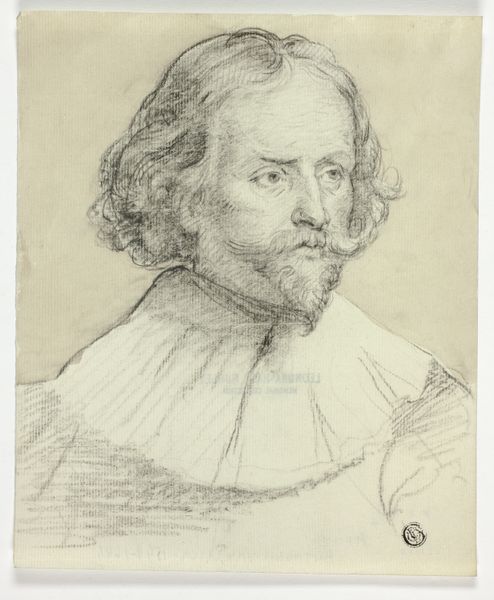
drawing, pencil, graphite
#
portrait
#
pencil drawn
#
drawing
#
toned paper
#
facial expression drawing
#
light pencil work
#
baroque
#
pencil sketch
#
charcoal drawing
#
11_renaissance
#
portrait reference
#
pencil drawing
#
pencil
#
graphite
#
portrait drawing
#
pencil work
Dimensions: height 236 mm, width 190 mm
Copyright: Rijks Museum: Open Domain
Anthony van Dyck created this head study in graphite, sometime in the early 17th century. Van Dyck was Flemish, but became the leading court painter in England. Here, you see a detail of his rendering of human features. This level of realistic detail and delicate modelling was made possible by the development of new technologies in art education. In the 17th century, the role of the artist expanded, and academies were founded where students could study mathematical perspective and anatomy. The cultural authority of artists began to change, too. Artists became more involved in shaping taste and in the marketing of artworks. It is possible that this drawing was created as a study for a larger composition, or perhaps as a model for other artists to copy. To understand the image better, look for books and articles on the history of art academies and the development of graphic techniques. Learning about the institutions of art and the changing status of the artist helps us understand the development of Western art traditions.
Comments
No comments
Be the first to comment and join the conversation on the ultimate creative platform.
